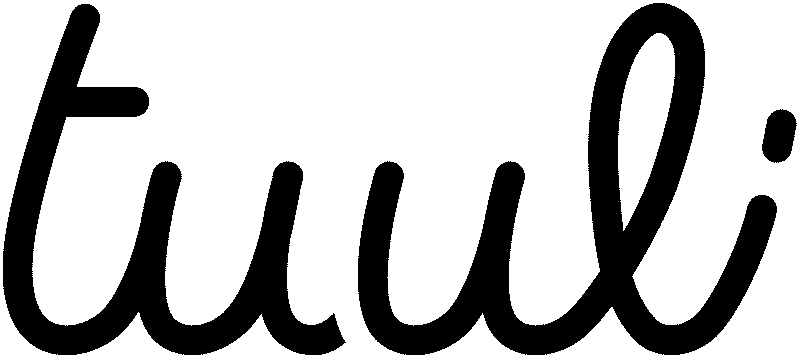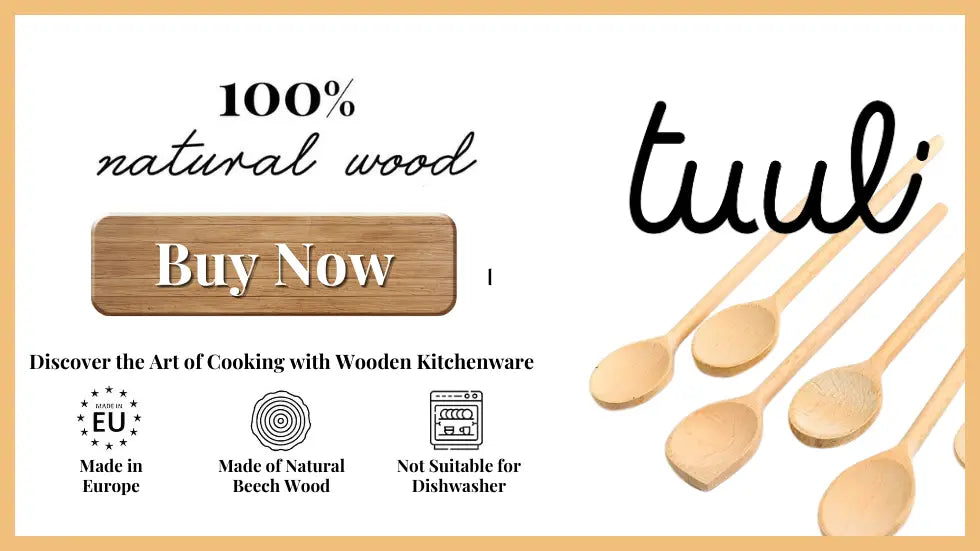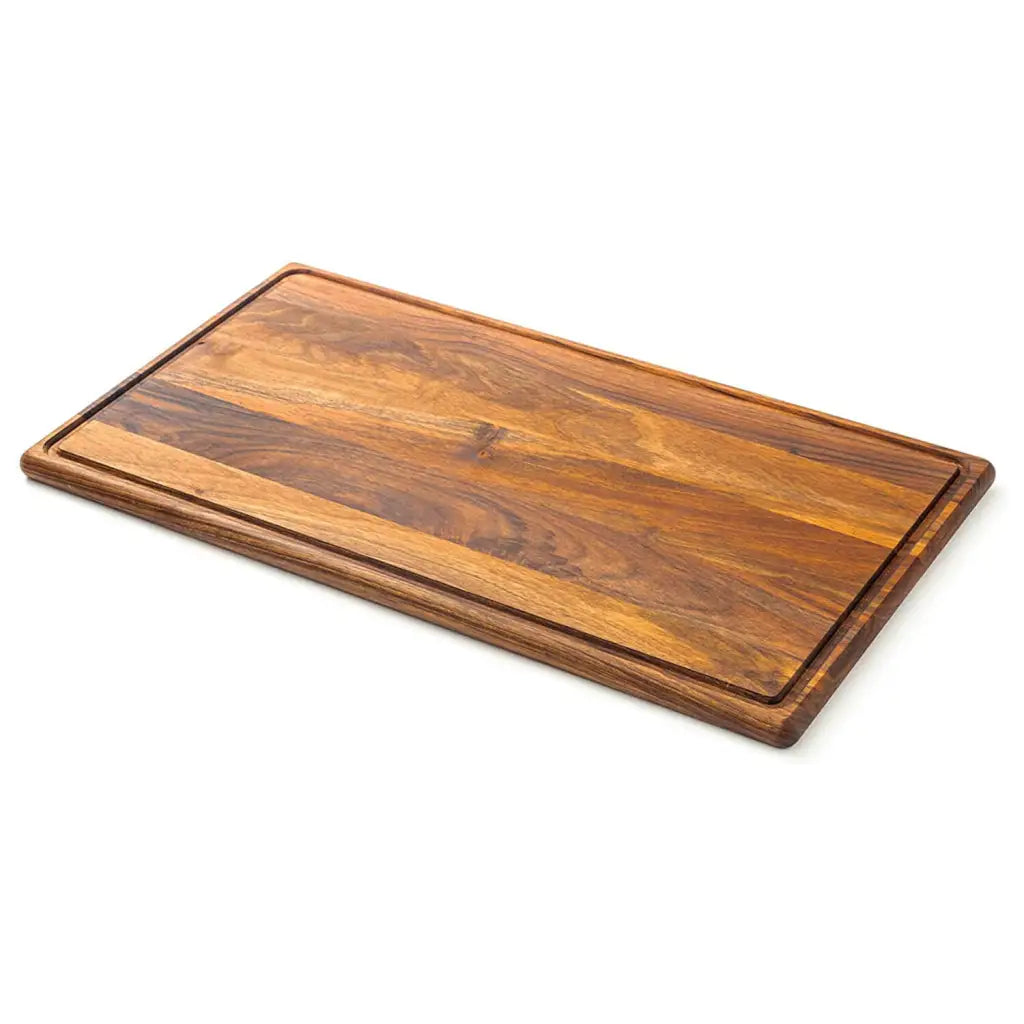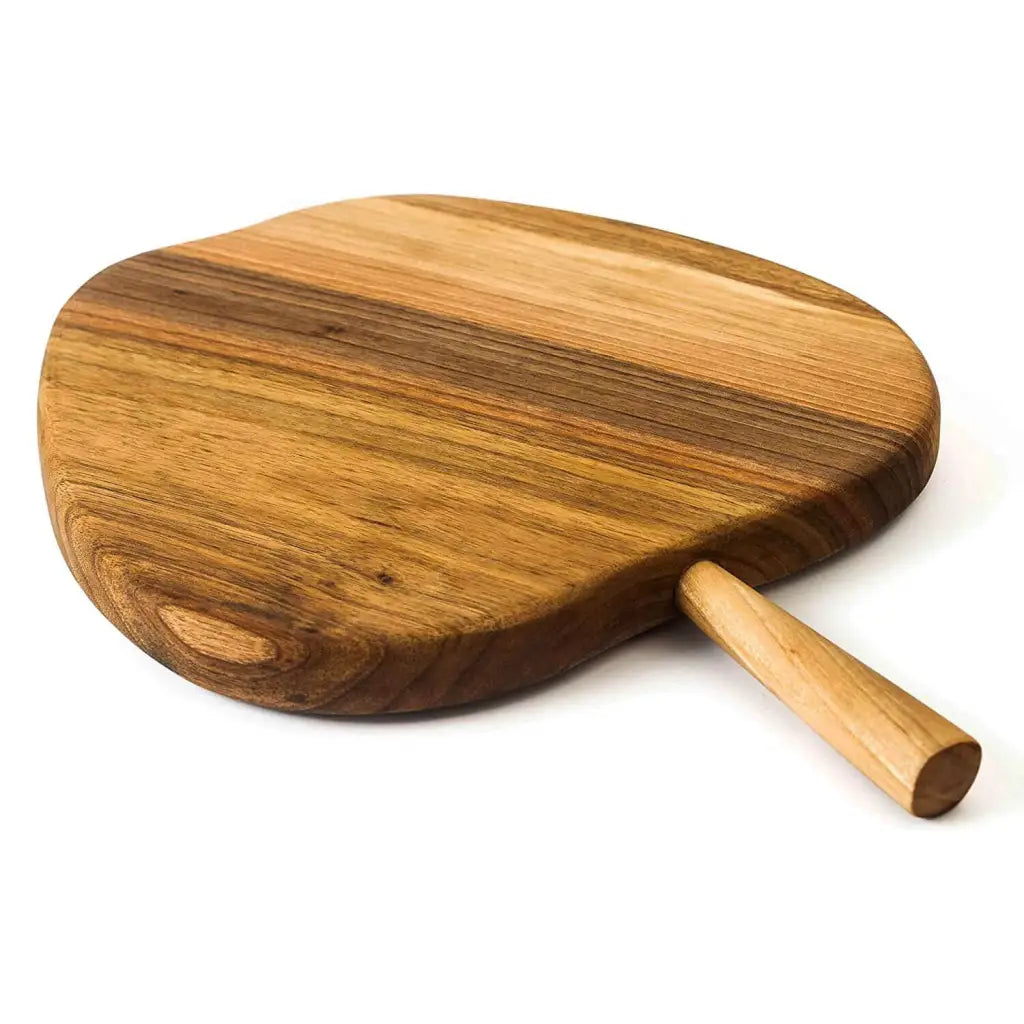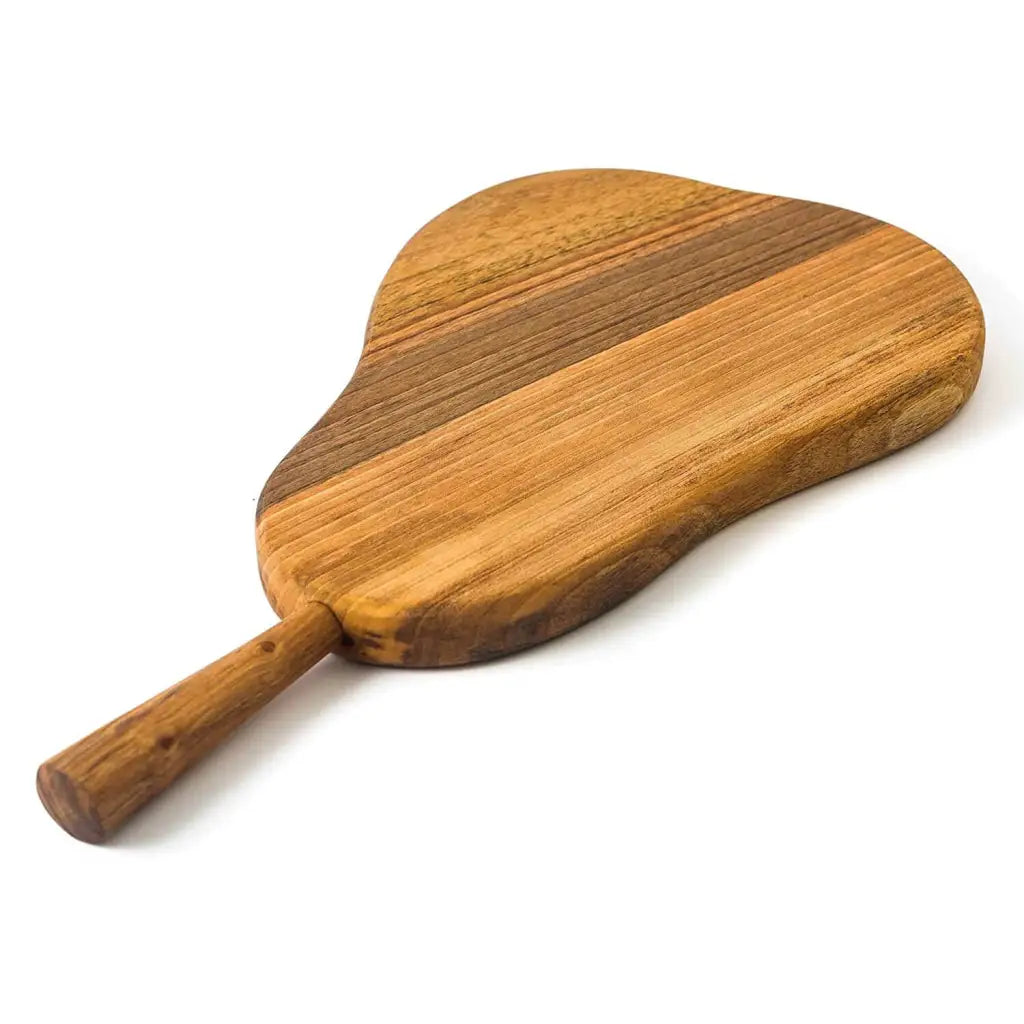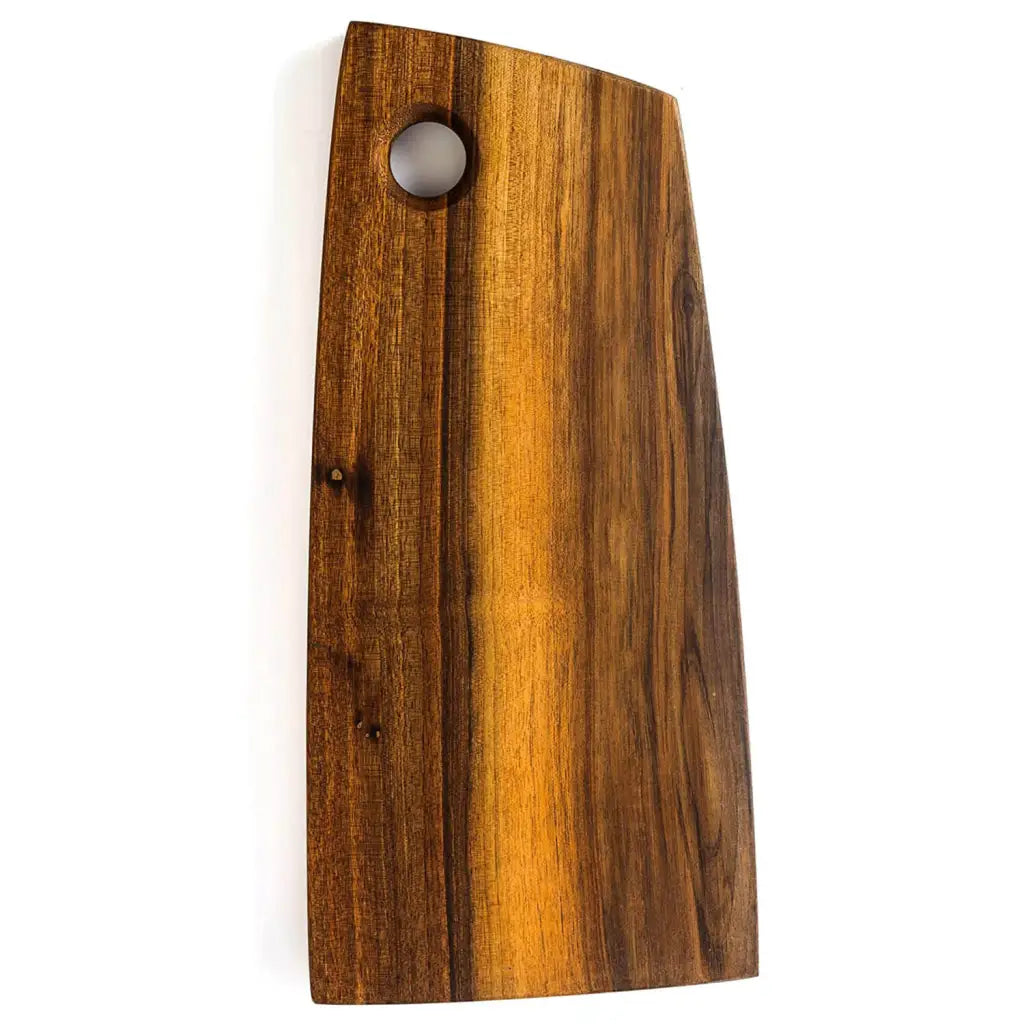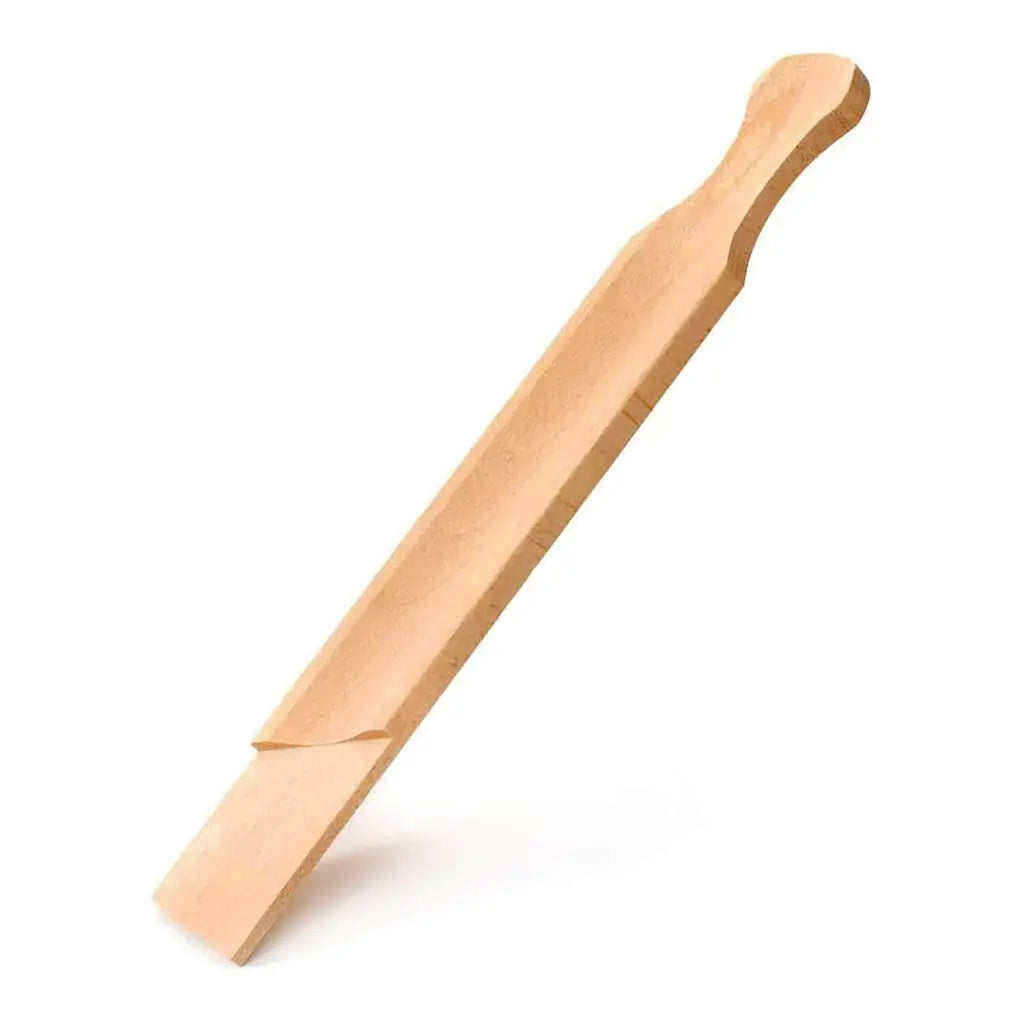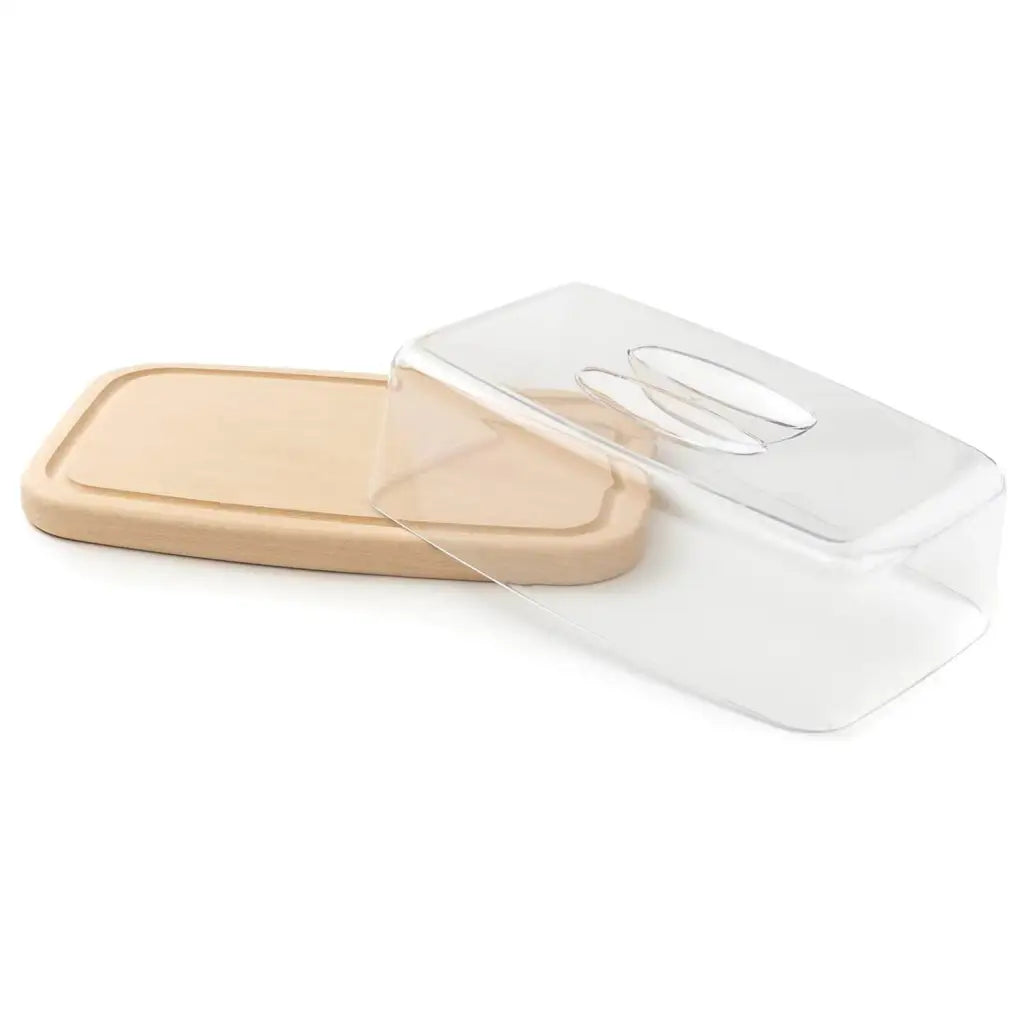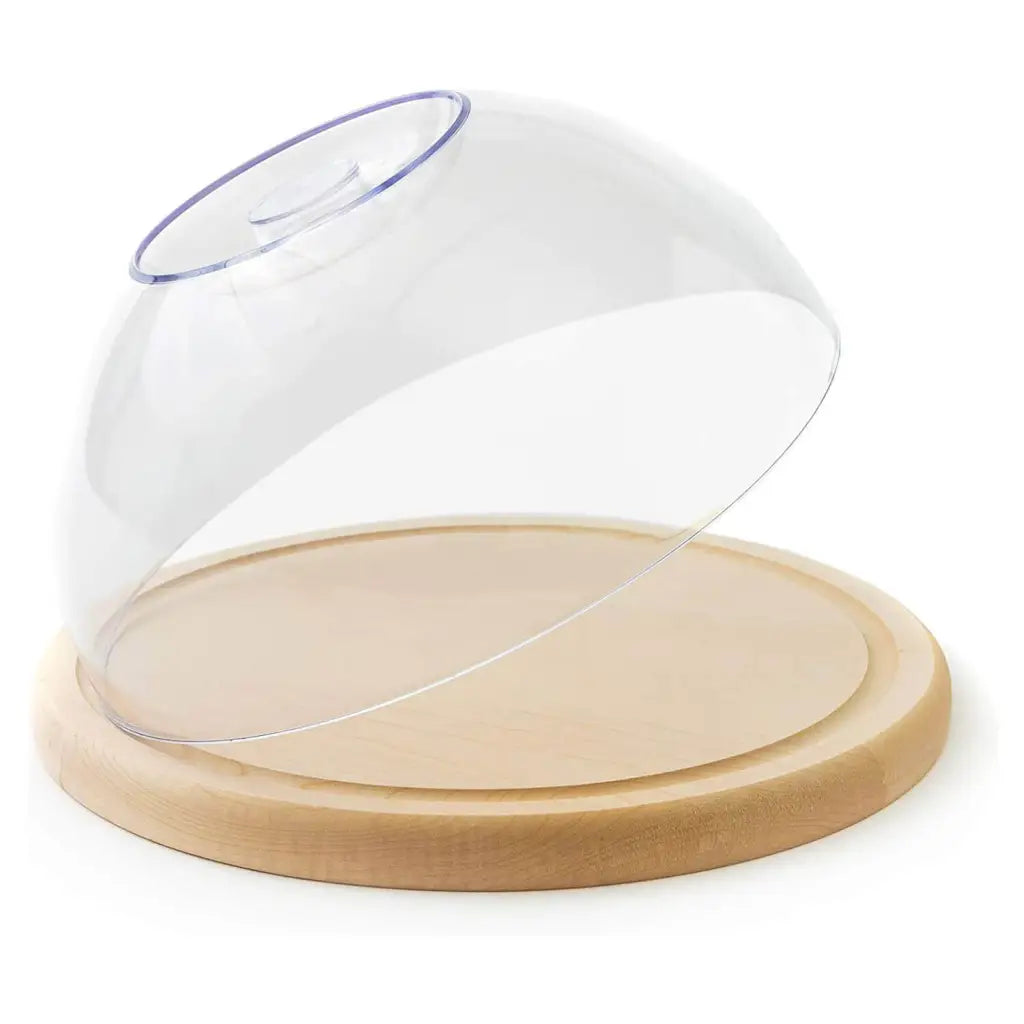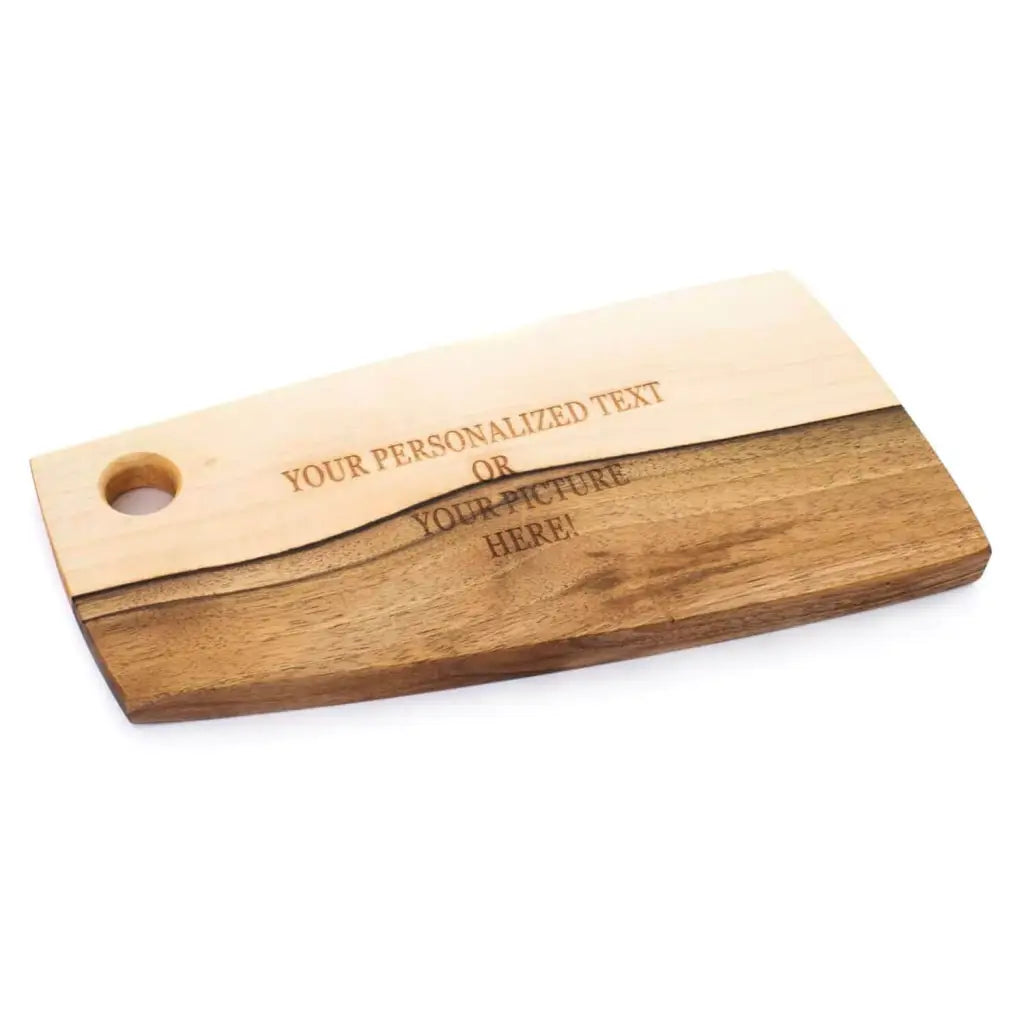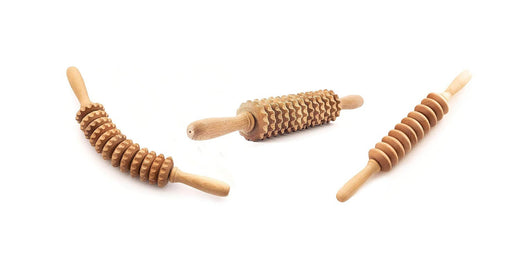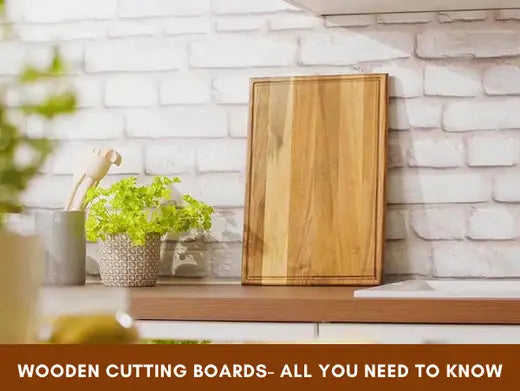
Wooden Cutting Boards: All You Need to Know
Wooden Cutting board is a crucial kitchen utensil, providing a safe and clean processing surface for food. Wooden cutting boards are highly favored by domestic and professional users due to their durability, and aesthetic appeal. This blog provides comprehensive information on wooden cutting board, including types of wood, maintenance, and care.
Why are Wooden Cutting Board a Popular Choice?
Wooden boards, especially made with dense hardwoods like maple, walnut, or cherry, are durable and resistant to warping, cracking, and splitting when properly cared for. Wooden cutting boards are eco-friendly, versatile, and effective in preventing knife blunting due to their softer nature.
What are The Benefits of Wooden Cutting Board?
- Gentle on Knives: The wooden cutting board is softer than plastic or glass, reducing the risk of dulling knives and ensuring the sharpness of your kitchen tools. The gentle quality of the board helps maintain sharp kitchen tools, ensuring their edges remain effective for longer.
- Durability: High-quality wooden boards made from hardwoods like maple, walnut, or cherry are highly durable, can last for years with proper care, and won't crack.
- Self-Healing Properties: Wood's self-healing properties prevent bacteria from getting trapped in deep cuts as its fibers close up over time, maintaining the aesthetic appeal of the board.
- Antibacterial Properties: Wood, particularly maple, has natural antibacterial properties, making it safe for preparing food, especially raw meats, due to its ability to inhibit bacterial growth.
- Aesthetic Appeal: Wooden kitchenware adds a unique wooden feel, unlike plastic or glass, and can serve as platters for cheese and other foods.
- Eco-Friendly Choice: Wooden cutting boards are a sustainable, eco-friendly option due to their biodegradability and renewable nature, unlike plastic boards that take centuries to decompose.
- Versatility: Wooden cutting boards are versatile and capable of cutting vegetables, fruits, bread, and carving meats, making them an adaptable and versatile tool.
Choosing the Right Wooden Cutting Board
Selecting the right wooden cutting board depends on considering various factors, ensuring it complements your kitchen and meets your cooking needs.
1. Types of Wood
- Maple: a hard, scratch-resistant, and antibacterial hardwood with a pale color, is ideal for general-purpose cutting and chopping due to its tightly-grained structure.
- Walnut: Walnut offers a rich, dark color with a straight grain pattern, making it softer and easier on knives.
- Cherry: known for being knife-friendly, making it ideal for decorative cutting board and everyday use.
- Bamboo: Bamboo, a grass-like material, is a sustainable and durable option for eco-conscious kitchens and heavy-duty chopping, though it may be hard against knives.
- Teak: High-oil-rich brown wood, is naturally resistant to water and bacteria, making it low-maintenance and ideal for high-moisture environments and frequent use.
2. Size and Thickness
A large board is perfect for chopping large ingredients or items like melons or roasts, providing ample workspace and easy storage on your countertop. Boards over 1.5 inches are stable and easy to handle for heavy chopping, as thin boards are lightweight but may not offer the same durability.
3. Maintenance Requirements
Wood board should be periodically oiled with food-grade mineral oil. Hand wash wooden boards and dry them, avoiding soaking them in water or placing them in a dishwasher.
4. Budget
Select a board that meets your requirements, considering factors like wood type while staying within your budget.
How to Care for Your Cutting Board?
- Clean and Dry Cutting Board: Maintain a clean cutting board using mild soap and warm water after use, use a soft sponge or cloth to avoid scratching. It's crucial to dry your cutting board after washing, ensuring both sides are dried.
- Regular Maintenance: To prevent drying and cracking, regularly oil your cutting board with food-grade mineral oil or a wood-cutting board-specific oil, allowing it to soak for hours or overnight before wiping off excess oil.
- Avoiding Cross-Contamination: Separate cutting board for raw meat, poultry, seafood, fruits, vegetables, and bread to prevent cross-contamination and ensure food safety. To clean raw meat, poultry, or seafood, use a solution of white vinegar and water, rinse with clean water, and dry thoroughly.
- Proper Usage: To prevent damage to your wooden cutting board, chop gently and avoid deep cuts and heavy-duty work.
Conclusion
Wooden cutting boards are versatile kitchen tools that offer functionality, durability, and style, with each wood type offering unique benefits like maple's beauty, walnut's luxury, cherry's warmth, bamboo's eco-friendliness, and teak's resiliency. Understanding wood type, and regular maintenance, including cleaning, drying, and oiling, is necessary to extend board life and address common issues.
